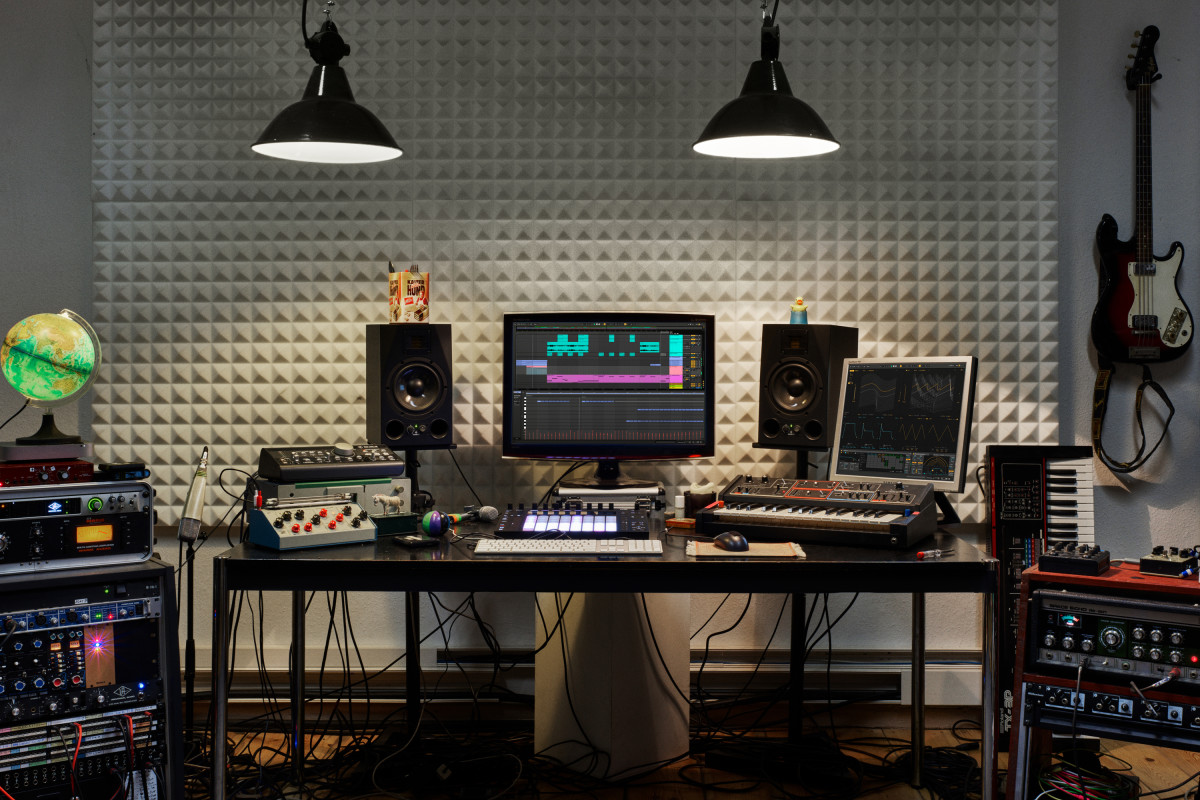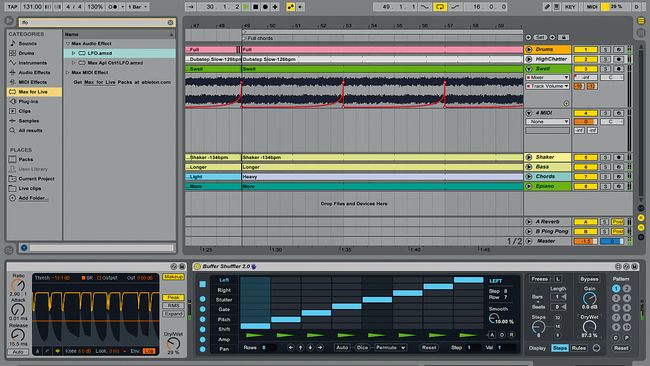

With automation hidden, it’s easier to edit clips directly, without accidentally dragging automation points when attempting to select regions and so on.
ABLETON LIVE 10 FULL
To toggle the full automation view, press lower‑case ‘a’. By default, it shows clips, complete with their MIDI notes or audio waveforms, but no automation data: there are no automation lanes or automation controls under the track names. With automation data toggled ‘off’, Arrangement clips and their fades are much clearer.Live’s Arrangement View has now gone modal.
ABLETON LIVE 10 INSTALL
You can now download and install them directly within Live without having to go to the Ableton web site. The Packs item shows installed Live Packs, as well as those which are available under your Live account but not currently installed, or any packs with updates. The Categories and Places sections of the browser work much as in Live 9. (Entire Live Sets can be labelled, but not tracks or clips within them.) Navigation by labels is fast and convenient, with keyboard shortcuts for attaching and detaching them, so they’re handy for quickly tagging things in a creative workflow as well as in a more permanent filing system. Labels persist between sessions and are global, so you can label items in one Live Set and access them by label in another. Labels become visible in the Collections area as they are used, but can be shown or hidden at any time using an edit button floating to the right of the Collections header. Initially, only the red label is shown, with the name ‘Favorites’, but right‑ or Ctrl‑click on any item in the right‑hand area of the browser and you can attach any label to it, or even multiple labels at once. There are seven available labels, and each can be given a customised name. Items in the browser can be tagged with colour‑coded labels.The most immediately obvious enhancement to Live’s browser is a Collections feature, which is really just a way of attaching coloured labels to devices, presets, files and folders. This is because track automation is only shown in one of two editing modes in the other mode you see the clips with their MIDI notes or audio waveforms and not much else.

If you open an existing Live Set and switch to Arrangement View, the view’s contents will look rather sparse. However, you’ll need a high‑resolution or Retina screen to really see the difference: on a standard or HD screen the change isn’t that apparent, unless you ramp up the zoom level in Live’s display preferences. A new lightweight text font called Ableton Sans is now used everywhere, adding a lightness and clarity to names and labels and making them more readable. Lines have been thinned or in some cases removed, and controls are now drawn with vector graphics for scalability. In fact, on an initial glance there are no obvious changes at all, other than a ‘lightness’ to its appearance that is partly down to a clean‑up of graphical elements. There are no obvious massive changes: there is less of a visual gulf between Live 9 and Live 10 as there was between 8 and 9, for instance. The first impression one gets when opening up Live 10 is one of tidiness. Neat Neat NeatĬontrols, track headers and clips in Live 9 (top) and 10, showing the new lighter look, with thinner lines and text. Amongst all the enhancements, there are also one or two casualties: support for Serato Scratch (The Bridge), which arrived with Live 8.2, has been discontinued, and if you’re on an older computer or using older plug‑ins, you might want to note that 32‑bit support is also gone.

However, there are deeper differences beneath the visual makeover. The interface has been somewhat restyled and does look different, but the changes are subtle. (To be fair, though, Live 9 came about four years after Live 8, so Ableton are being pretty consistent with their releases.) Ableton have always taken a rather conservative, evolutionary approach to new versions, and this is no exception, at least on the outside. Have they succeeded?Ībleton Live 10 arrives amid much anticipation, coming some four and a half years after Live 9 first shipped. With Live 10, Ableton’s aim is to make the music‑making process as smooth as possible.


 0 kommentar(er)
0 kommentar(er)
